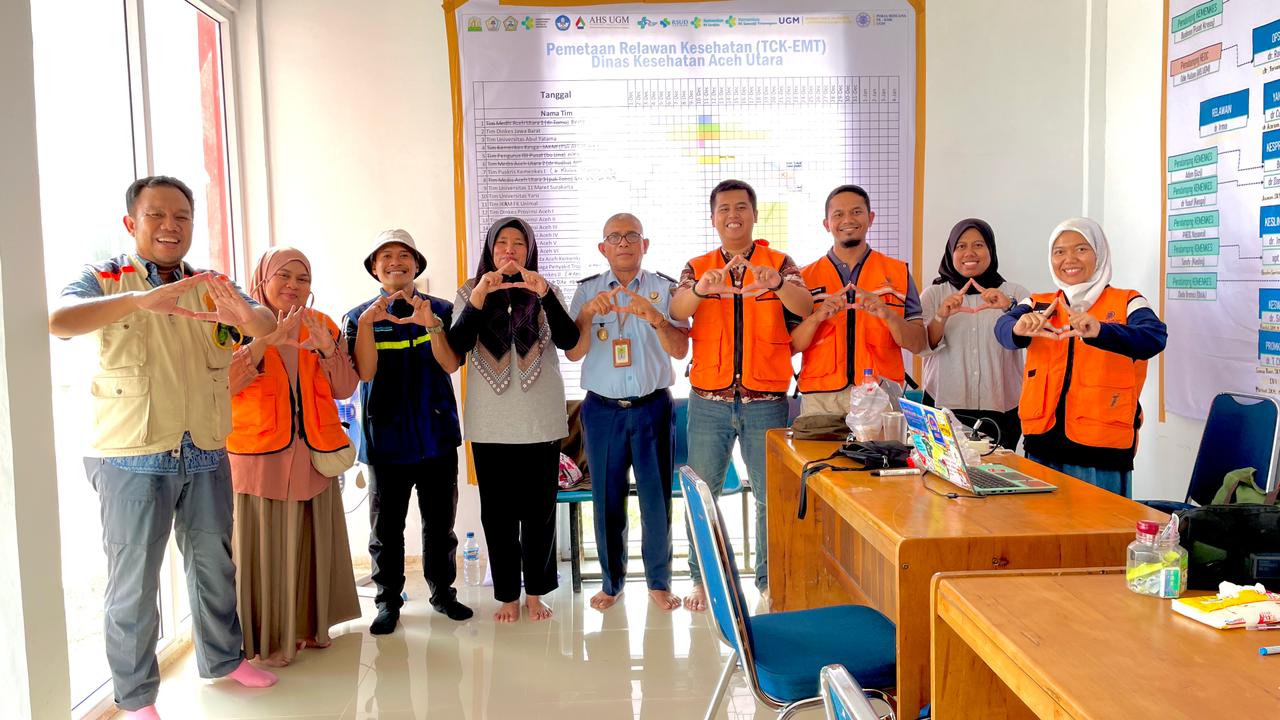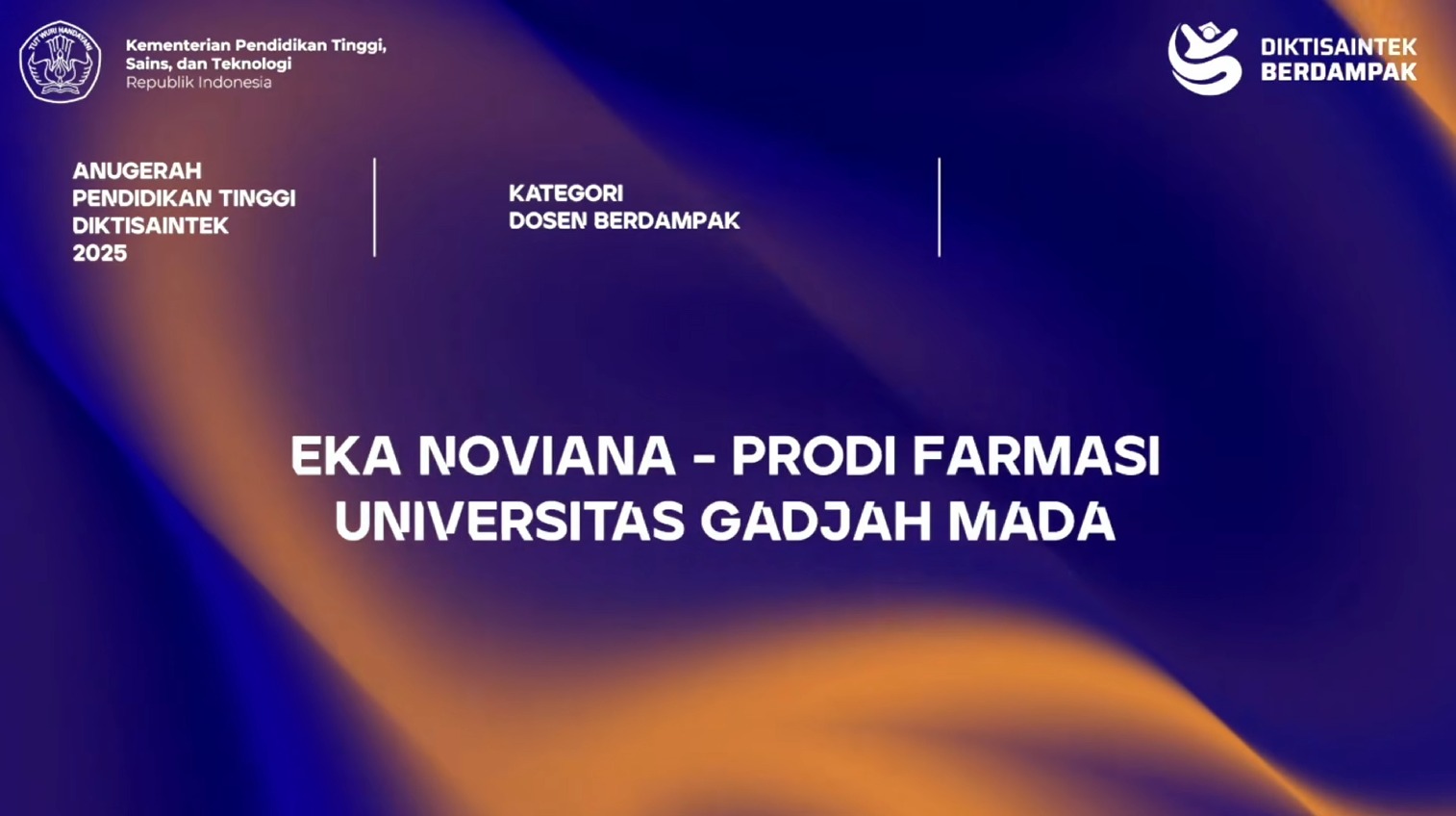Title: Investigation of the immunomodulatory and toxicity properties of citrus peel extract
Sub title: Analyzing the immunomodulatory and toxic effects of citrus peel extracts using hydrodynamic cavitation at varying dosages of citrus peels
Citrus fruits, widely consumed for their nutritional benefits, offer considerable health advantages. Beyond their edible sections, the peels comprising flavedo and albedo were traditionally discarded as waste but are now recognized for their high concentration of valuable chemical compounds. These compounds hold potential as medicinal ingredients, indicating a promising avenue for future research and application in pharmaceutical and healthcare industries.
Moreover, prior research has shown that citrus peels exhibit antiviral capabilities, immunomodulatory activities, and anti-inflammatory properties. Conventional extraction methods utilizing organic solvents limit the extraction of methoxy flavonoids from citrus peel extracts. Thus, this study employs hydrodynamic cavitation (HC) as a water-based extraction method to obtain a high methoxy flavonoid extract from Citrus reticulata peels. “The hydrodynamic cavitation method is useful as it results in Citrus reticulata peels’ extract with a high methoxy flavonoid content that is nontoxic and has immunomodulatory activities without using organic solvent extraction, allowing its possible application in the nutra-pharmaceutical field,” says Dr. Muthi Ikawati of Macromolecular Engineering Laboratory, Department of Pharmaceutical Chemistry, Faculty of Pharmacy, Universitas Gadjah Mada (UGM), Indonesia.
This study contributes to existing knowledge by validating the safety and immunomodulatory properties of hydrodynamic-cavitation extract of citrus peels (HCE-CP) through acute toxicity testing and immunomodulatory assays in rats. The key findings include the absence of acute oral toxicity and histopathological abnormalities in rats administered HCE-CP up to 5000 mg/kg bw. The extract also had no effect on body weight or hematological profiles in rats after daily intake for 4 weeks.
Furthermore, the spleen, a secondary lymphoid organ, had a higher relative weight in HCE-CP treatments, suggesting immune system activation. Further evaluation revealed a reduction in CD4+ T cell lymphocytes, indicating a possible anti-inflammatory effect. Bioinformatic analysis identified 14 proteins targeted by hesperidin and hesperetin, including STAT1, interleukin-27, and inflammatory proteins PTGS1, MMP12, MMP13, and MMP8. These proteins play crucial roles in inflammation, and targeting them with methoxy flavonoids from citrus peels may block inflammation. The researchers plan to measure the expression levels of these proteins and cell migration under methoxy flavonoid or HCE-CP treatment in vitro to prove this theory. These findings suggest that HCE-CP is safe and may have immune system benefits, making it a promising candidate for development as a nutra-pharmaceutical.
The study concludes that oral administration of HCE-CP up to 5000 mg/kg bw in rats is safe and does not cause lethal effects or noticeable clinical signs. HCE-CP reduces CD4+ T lymphocyte cells. Hesperidin and hesperetin, major methoxy flavonoids in citrus peels, target proteins involved in LPS-induced lymphocytes. Histopathological analysis of rat liver and kidney showed no significant damage after HCE-CP administration. Therefore, the findings suggest that HCE-CP has potential as an immunomodulatory agent and anti-inflammatory agent against infection.
Overall, the paper presents a comparative analysis of the traditional solvent extraction method and the newly developed HC method, highlighting the advantages of the HC method in terms of acceptance, utilization, and safety.
Figure:
Figure Caption: Assessment of Acute Toxicity and Immunomodulatory Potential of Citrus Peel Hydrodynamic-Cavitation Extract
Figure Legend: Citrus peels have been extensively explored due to their high methoxy flavonoid contents, which demonstrate several biological activities such as immunomodulatory, anti-inflammatory, and chemoprevention. Oral administration of citrus peel hydrodynamic cavitation extract, up to 5000 mg/kg bw in rats, essentially reveals no toxic effects.
Short Summary:
The study utilized hydrodynamic cavitation, a water-based extraction method, as a safer, more acceptable, and efficient alternative to organic solvent extraction methods. This approach successfully yielded a high methoxy flavonoid-content extract from Citrus reticulata peels. Through acute oral toxicity testing and studies in lipopolysaccharide-induced rats, along with bioinformatic analyses, the extract demonstrated non-toxicity and potential immunomodulatory effects targeting inflammatory proteins. Consequently, the extract is deemed safe and holds promise for nutra-pharmaceutical applications.
Read the full article here:
“Acute toxicity evaluation and immunomodulatory potential of hydrodynamic cavitation extract of citrus peels” was published on Apr 05, 2022 in Journal of Applied Pharmaceutical Science https://dx.doi.org/10.7324/JAPS.2022.120415
Further reading
· The Chemopreventive Potential of Diosmin and Hesperidin for COVID-19 and Its Comorbid Diseases published in 2020, in Indonesian Journal of Cancer Chemoprevention https://ijcc.chemoprev.org/index.php/ijcc/article/view/349/0
· Citrus Flavonoids from Citrus reticulata Peels Potentially Target an Autophagy Modulator, MAP1LC3A, in Breast Cancer published in 2021, in Indonesian Journal of Cancer Chemoprevention https://ijcc.chemoprev.org/index.php/ijcc/article/view/374





